Building a wardrobe that works together seamlessly doesn’t require you to have a closet full of the latest trends—what it takes is an understanding of how to match colors for outfits that complement each other. Whether you’re getting ready for a busy workweek or creating outfits for weekends, having a cohesive wardrobe makes getting dressed a breeze. Here’s how to match colors and build a wardrobe that is both functional and stylish.
Start with a Neutral Base
When it comes to color matching, neutrals are your best friend. Neutrals like black, white, grey, beige, and navy serve as the foundation of a versatile wardrobe because they can be easily mixed and matched with any color. If you’re just starting to build your wardrobe, focus on getting a solid set of neutral pieces, like:
- Black jeans or pants
- White button-down shirt
- Navy blazers
- Beige skirts or dresses


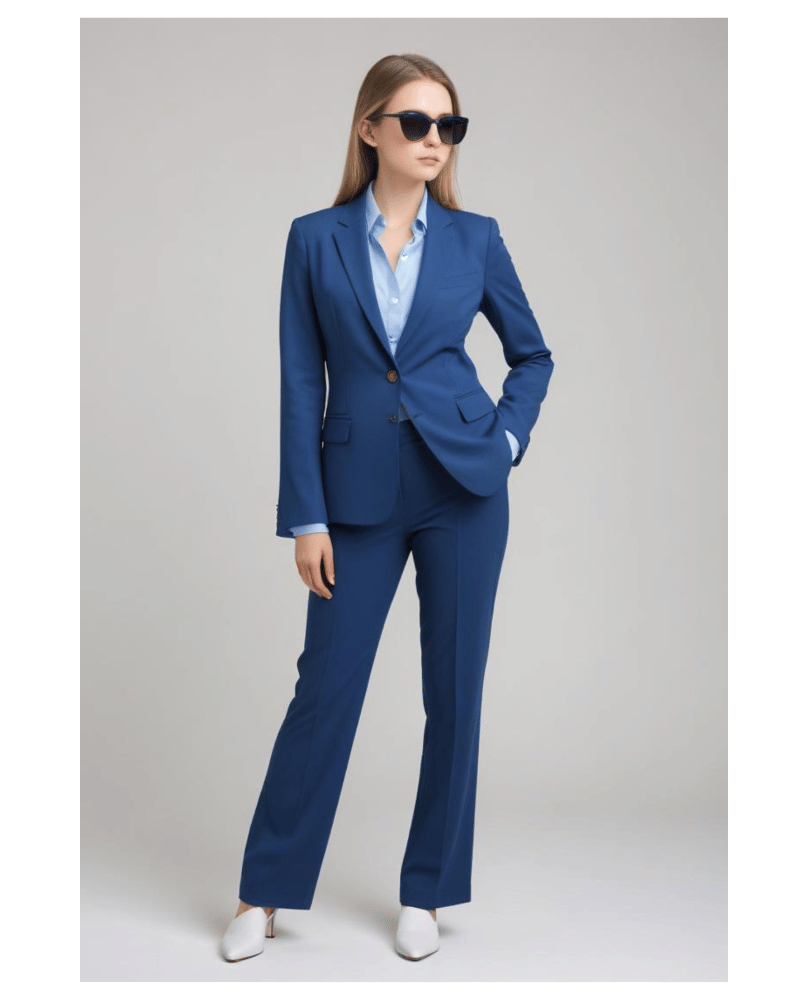
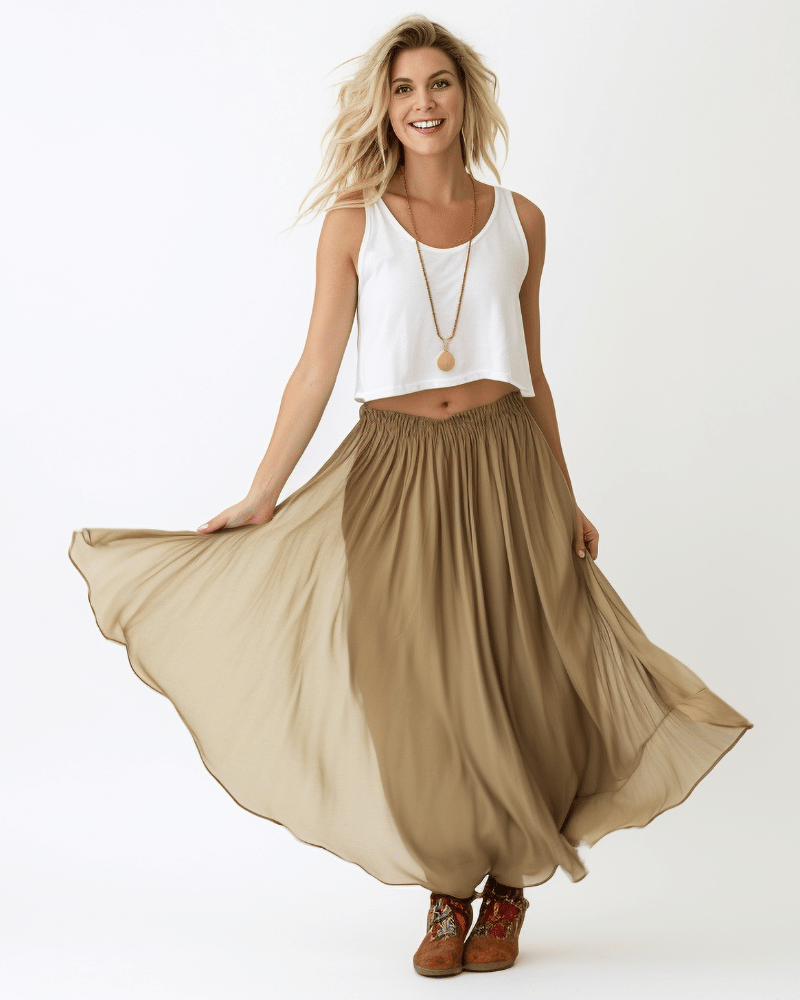
These neutral colors pair well with almost every other color, making them great bases for any outfit.
Build Your Color Palette
One of the key tricks to mastering color matching is to create a personal color palette. This palette should reflect the colors you love to wear and the tones that suit your skin tone best. Once you know your palette, it’s easier to pick and match colors without second-guessing yourself.
Here are some steps to build your palette:
- Pick 1–2 neutral colors (black, beige, grey).
- Add 3–4 colors that complement your personal style and match your skin tone.
- Introduce a couple of accent colors (bright reds, soft pastels, etc.) that can add vibrancy to your outfits.
A well-balanced palette will allow you to mix and match effortlessly!
Play with Color Combinations
Now, let’s talk about creating color combinations. To achieve a cohesive wardrobe, you need to understand how to mix and match different hues without clashing. Here are a few tips:
Monochromatic Looks
- Monochromatic outfits use different shades and tints of the same color (for example, pairing a light blue shirt with dark blue jeans). These outfits look sophisticated and put-together.
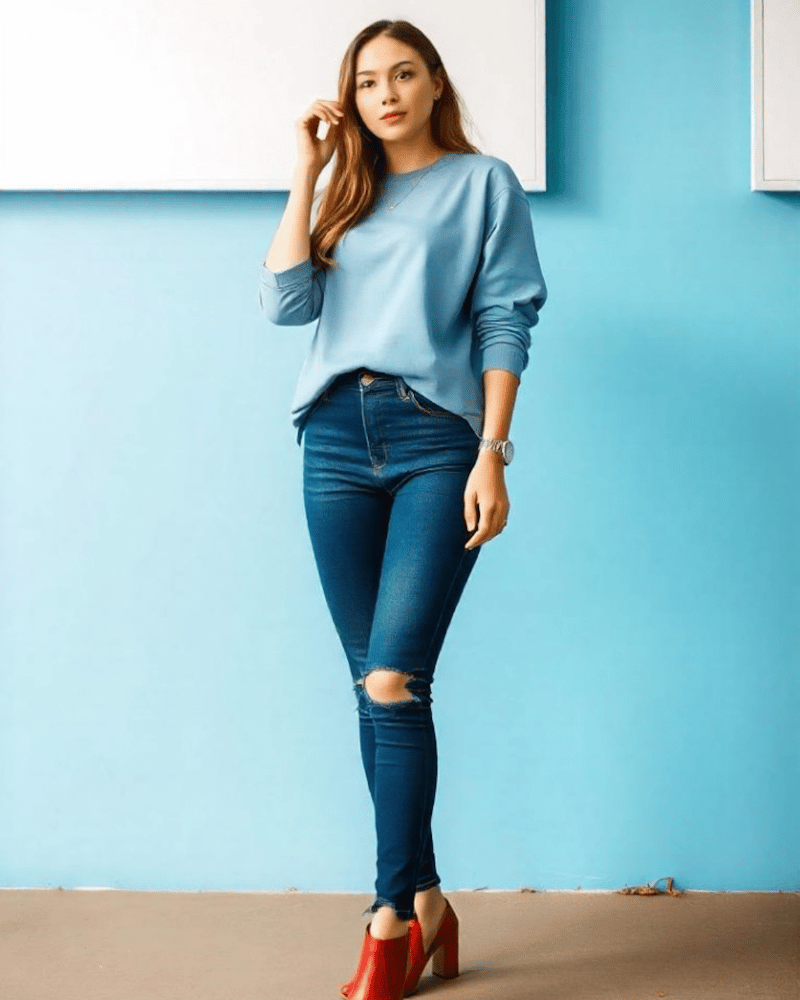
Analogous Colors
- These are colors next to each other on the color wheel (like blue and green, or red and orange). They complement each other well and create a harmonious look.
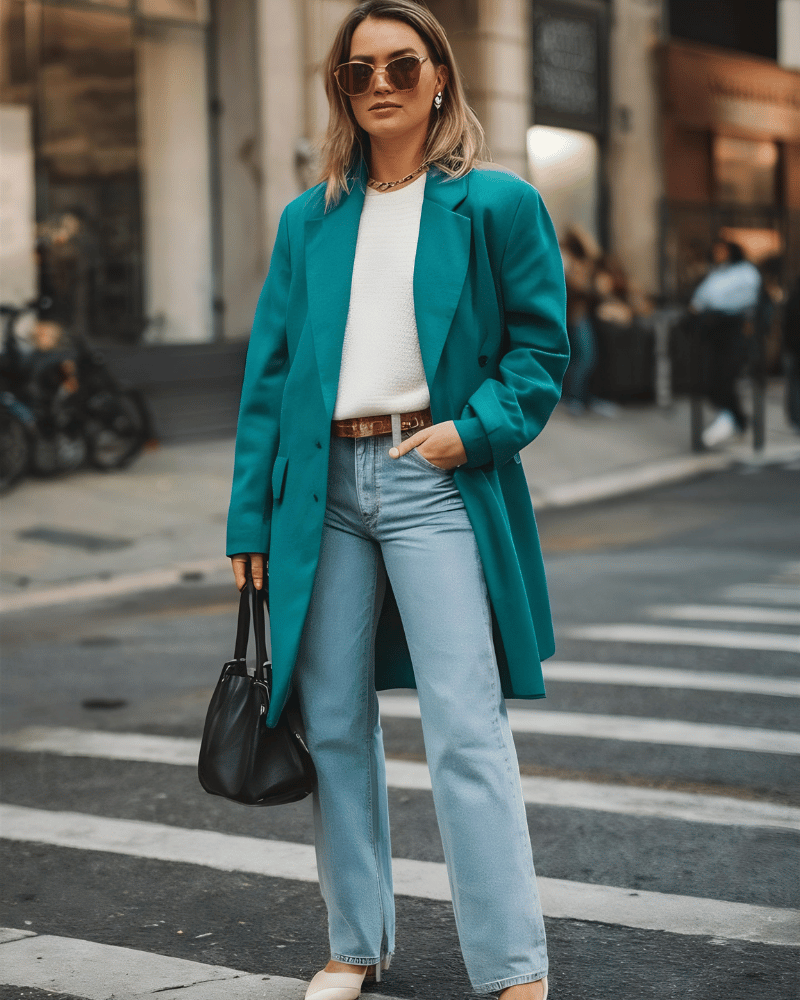
Complementary Colors
- Complementary colors (like red and green, or purple and yellow) create contrast, which can make a bold statement. But be careful to use them in moderation for a balanced look.
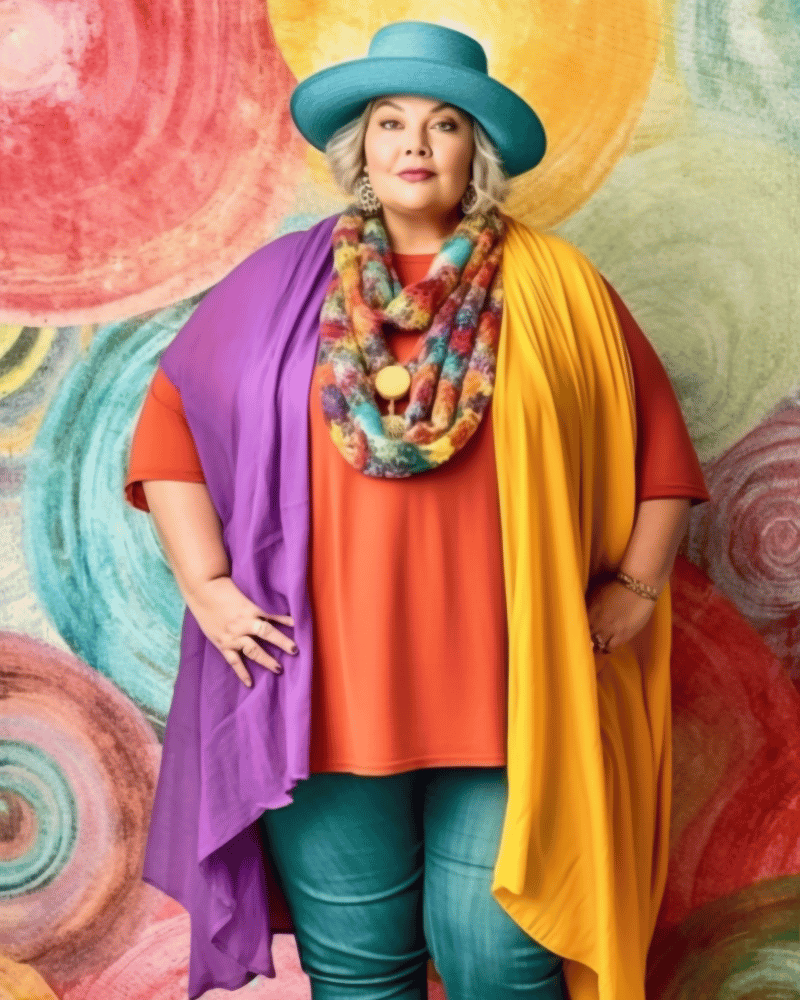
Add Pops of Color with Accessories
If you’re feeling adventurous but don’t want to overwhelm your wardrobe with too many bold colors, accessories are the perfect way to incorporate more vibrant hues. Think colorful scarves, shoes, handbags, or jewelry. They can introduce fresh color into your outfits without clashing with your base or neutral pieces.
For instance:
- A bright yellow handbag can complement a neutral grey outfit.
- A green scarf can add personality to a basic white tee.

Consider Color Temperature and Undertones
When building a cohesive wardrobe, consider whether your colors are warm or cool. Warm colors (red, orange, yellow) tend to look great on those with warm undertones in their skin, while cool colors (blue, green, purple) work better for cool-toned skin.
While you don’t have to strictly stick to this rule, understanding your skin undertones can help you choose colors that naturally enhance your appearance. This also makes it easier to mix and match colors within your wardrobe without creating outfits that feel out of place.
Stay Seasonal
As seasons change, your color palette should evolve too. Lighter pastels and bright hues are perfect for spring and summer, while earthy tones and deeper shades (like burgundy or forest green) work best in fall and winter. By adjusting your wardrobe to the season, you can ensure your outfits stay cohesive and relevant all year long.

Invest in Timeless Pieces
Finally, don’t forget to invest in timeless pieces that you’ll wear season after season. Classic colors like black, navy, or tan will always be in style, and they’ll pair easily with newer, trendier items.
Conclusion
Color matching doesn’t have to be complicated. By starting with neutral pieces, building a personalized color palette, and experimenting with different combinations, you can create a wardrobe that works for you and allows you to put together chic, cohesive outfits every day. Whether you’re adding pops of color or sticking to a more minimalistic approach, mastering color matching for outfits is key to having a wardrobe you’ll love.

